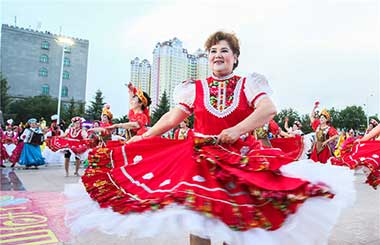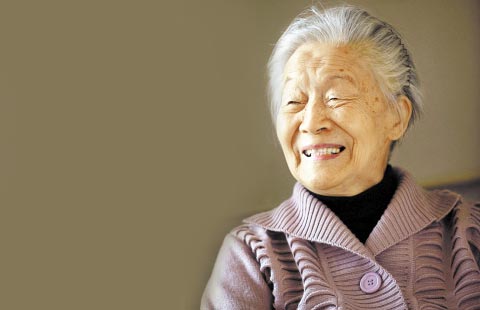Living in the past
By Lin Qi ( China Daily ) Updated: 2016-05-31 09:44:21
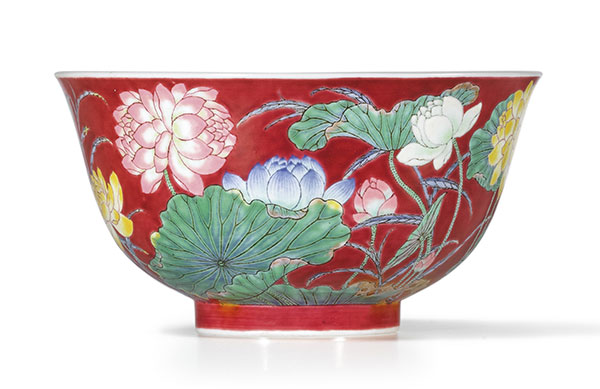 |
|
A ruby-ground falangcai double-lotus bowl that Chak purchased at Sotheby's in 2013. |
A middle school dropout, Chak has accumulated a wealth of knowledge on antique appraisal through the years, evolving from an apprentice to a connoisseur.
Chak's earliest memories about antiques are those of his father selling his own collections to support the family, after his textile business failed.
It was not until Chak worked at an antique store in 1973 that he became interested in ceramics. He cleaned more than 20 porcelain pieces a day-his major duty at the store-for nine years.
Chak's intelligence and industrious spirit persuaded his boss and store owner Wong Ying-ho to teach him how to tell one ware from another.
In 1988, Chak and his wife, Priscilla Lau, opened their own gallery, Chak's. Sensitive to the emerging mainland art market in the late 1990s, he turned his eyes in that direction.
To improve his knowledge, Chak then sat in on classes of ceramic courses at the School of Archaeology and Museology, Peking University, from 1999 to 2004.
"So, when a black-glazed ceramic bowl was placed before me, I could discern if it was a genuine Song Dynasty product and how much it would sell for," he tells China Daily.
"Before (attending the courses), I had been totally ignorant. There was so much information I didn't know and wanted to know: Why the Song people made the bowl in black, how thin or thick the glaze was applied, why the bowl would feature oil paint-like patterns ..."
|
|
|
|
|
|
|
|

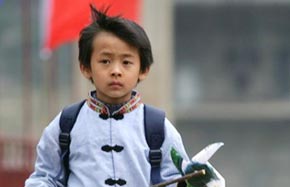

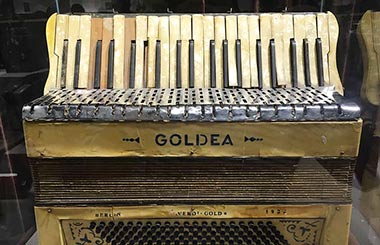
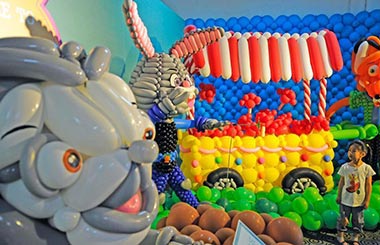
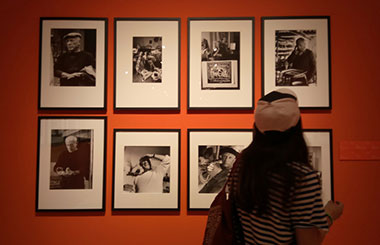

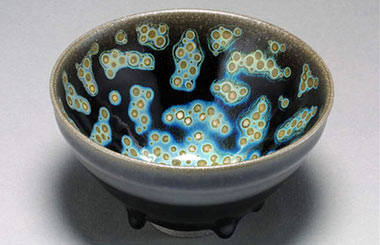
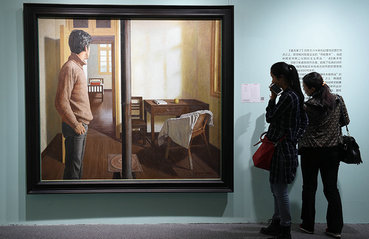


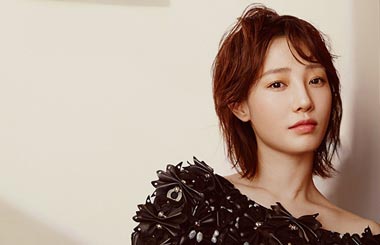

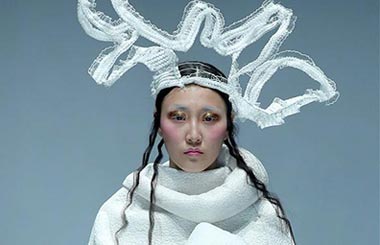





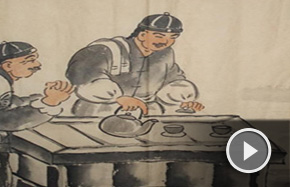


 Raymond Zhou:
Raymond Zhou: Pauline D Loh:
Pauline D Loh: Hot Pot
Hot Pot Eco China
Eco China China Dream
China Dream China Face
China Face
